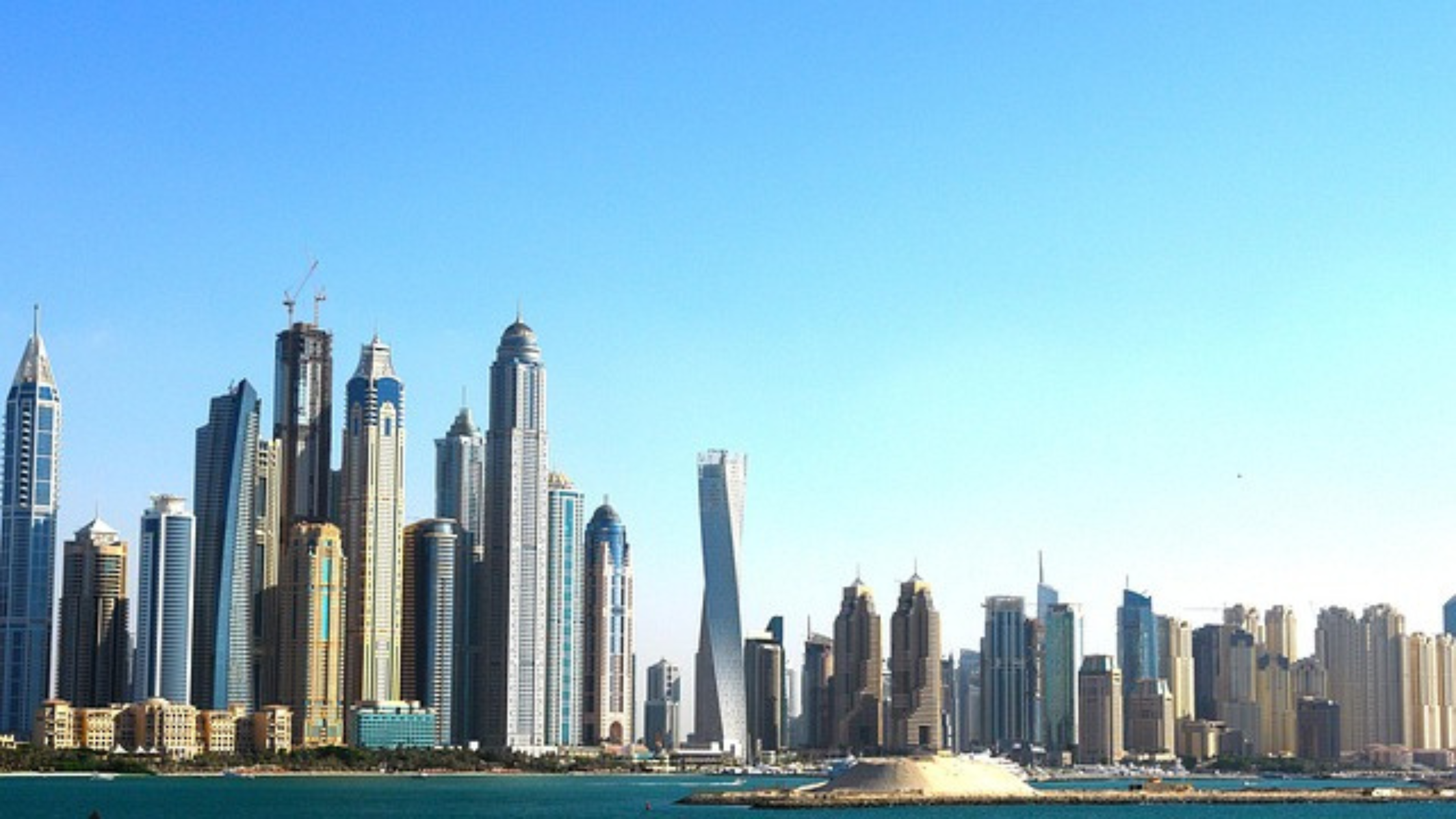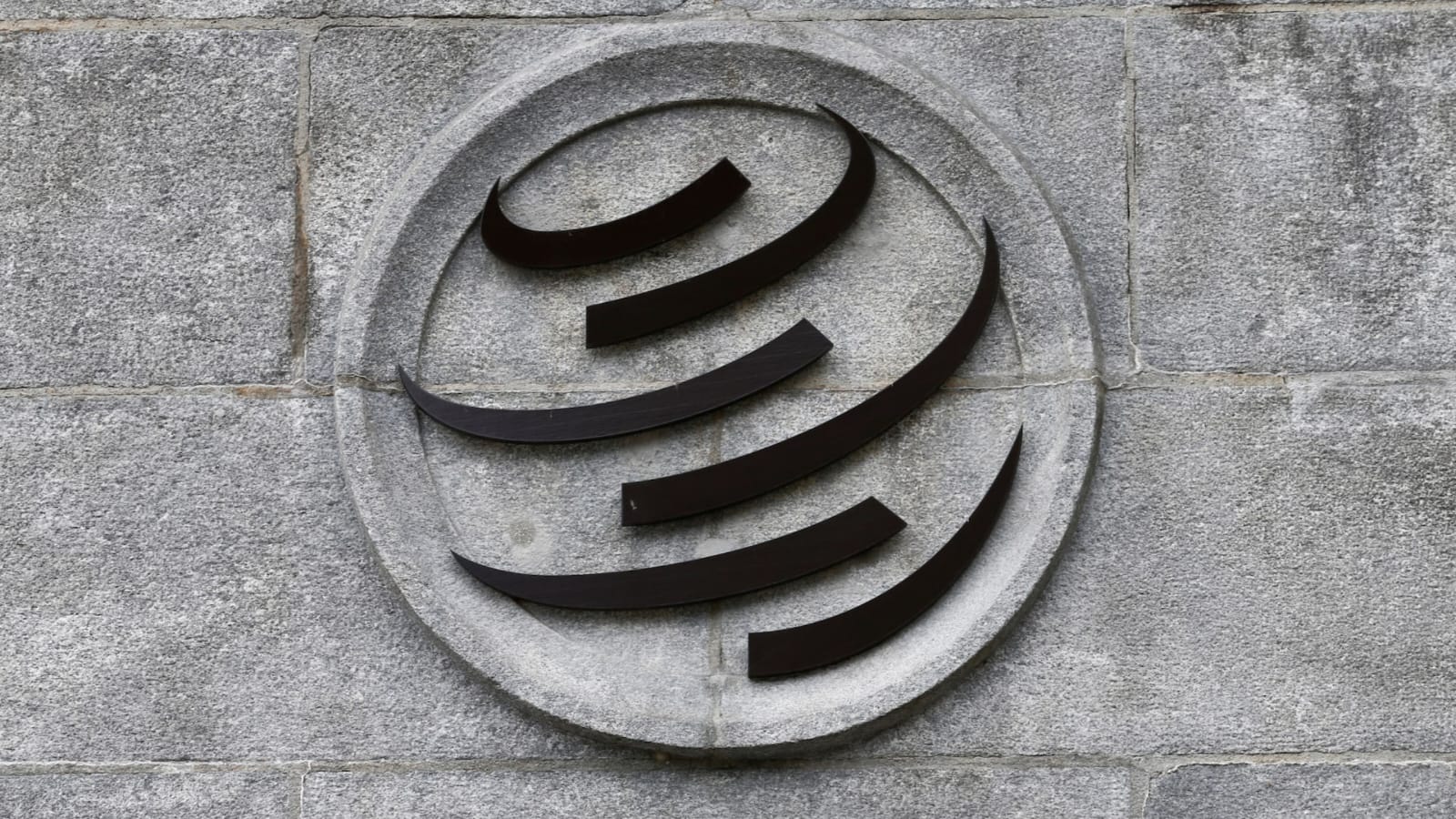UAE Economy Leads Region With 4.5 Percent Growth Forecast

The United Arab Emirates is projected to emerge as the fastest-growing economy in the Gulf region in 2025, with an estimated expansion of 4.5%, according to a recent Reuters poll. While this figure marks a modest downward revision from the earlier 5.0% forecast issued in January, the UAE’s growth outlook continues to stand out among the Gulf Cooperation Council (GCC) states. The findings reflect a cautiously optimistic regional outlook, tempered by global economic uncertainties and the persistent volatility in oil markets.
Gulf Economies Face Moderate Growth Amidst Global Headwinds
The Reuters poll, conducted between April 9 and April 24, gathered responses from 19 leading economists. These experts provided revised projections for the GCC nations, factoring in the broader slowdown in global demand, especially in sectors directly linked to energy consumption. While the UAE’s estimated 4.5% growth rate is slightly lower than previously forecast, it still represents a significant achievement in a region grappling with external economic pressures.
In contrast, Saudi Arabia’s growth projection has been adjusted to 3.9%, down slightly from 4.0%. Other GCC countries, including Kuwait, Qatar, Oman, and Bahrain, are all expected to see more subdued expansions. Kuwait’s economy is forecast to grow by 2.5%, Qatar by 2.7%, and both Oman and Bahrain by 2.8%. These figures suggest a general slowdown across the region, reflecting both structural economic shifts and the influence of global economic dynamics.
Oil Prices and Production Plans Impact Regional Projections
A key factor influencing these growth forecasts is the trajectory of global oil markets. Oil remains the backbone of many GCC economies, providing the bulk of national revenue and playing a central role in funding government expenditures. Brent crude prices, a key benchmark for global oil, recently fell to their lowest levels since the COVID-19 pandemic began. Analysts anticipate that oil prices will remain relatively low throughout the year, primarily due to weakened global demand and increased supply.
The OPEC+ alliance, which includes the Organization of the Petroleum Exporting Countries and its allies such as Russia, is planning to ramp up oil production in the coming months. According to market observers, OPEC+ could increase output as early as next month, and these increases may continue through June. While higher production could boost short-term revenues, the persistently low prices might limit the positive impact on GDP growth.
Stable Inflation Supports Economic Resilience Across GCC
Despite the challenges posed by volatile oil prices and global uncertainties, inflation across the GCC remains relatively stable. Regional inflation rates are expected to range from 1.2% to 2.5%, providing a degree of economic resilience and consumer stability. Oman is forecast to have the lowest inflation rate at 1.2%, while Kuwait is expected to see the highest at 2.5%.
Both the UAE and Saudi Arabia are projected to maintain inflation at a manageable 2.0%. Qatar and Bahrain are forecast to experience slightly lower rates of 1.5%. These stable inflation figures may help policymakers in the region continue their economic reforms without the added pressure of rising consumer prices, particularly in sectors such as food, housing, and energy.
IMF Cites Regional Challenges in Global Growth Outlook
In a related development, the International Monetary Fund (IMF) has revised its growth forecast for Saudi Arabia, reflecting growing concerns about broader regional and global economic conditions. The IMF’s assessment highlighted the ripple effects of global demand weakness, especially in key export sectors like energy and logistics. These revised expectations underline the need for diversified economic strategies across GCC states to reduce over-reliance on hydrocarbon revenues.
The IMF’s cautionary note aligns with the views of many economists who stress the importance of strengthening non-oil sectors, promoting foreign direct investment, and supporting innovation-driven industries. As global economies continue to navigate inflationary pressures, tightening monetary policies, and geopolitical uncertainty, GCC countries are being encouraged to accelerate their economic diversification agendas.
UAE’s Growth Anchored by Diversification and Strategic Planning
The UAE’s performance in the current outlook underscores the relative success of its diversification efforts. The country has been actively pursuing a range of initiatives aimed at reducing dependence on oil exports. Major investments in tourism, logistics, renewable energy, fintech, and artificial intelligence have helped to create a more balanced and future-ready economy.
Government-led reforms such as the issuance of long-term visas, support for startups, and pro-business regulatory changes have made the UAE an attractive destination for global talent and investors. These efforts are paying off, contributing to sustained economic momentum even as global conditions remain unpredictable.
Dubai, in particular, continues to stand as a leading commercial and financial hub in the region. With world-class infrastructure, liberal trade policies, and a dynamic real estate market, the emirate plays a central role in driving the UAE’s economic performance. Meanwhile, Abu Dhabi’s strategic investments in advanced industries, education, and healthcare further strengthen the nation’s resilience.
Saudi Arabia’s Outlook Reflects Structural Shifts in Progress
Saudi Arabia, the largest economy in the region, is also making substantial progress in transforming its economic base under the Vision 2030 program. This initiative aims to reduce reliance on oil revenues by promoting industries such as tourism, mining, digital technologies, and entertainment. The revised 3.9% growth forecast for 2025 reflects the complexities of implementing such an ambitious transition, especially during a period of global uncertainty.
Nevertheless, Saudi Arabia’s ongoing infrastructure projects, including megacities like NEOM, are expected to generate long-term economic benefits. The country’s commitment to fiscal discipline and its growing role in global capital markets underscore its evolving economic identity. While short-term adjustments are necessary, the strategic focus remains geared towards sustainability and inclusive development.
Regional Risks Balanced by Policy Stability and Long-Term Planning
While the near-term economic forecasts for the GCC show a general deceleration, the region is still projected to outperform several other parts of the world. Stable inflation, coordinated fiscal policies, and steady government support contribute to a positive underlying outlook. The threat of a global recession and potential trade disruptions, including uncertainties surrounding U.S. tariff policies, remain on the horizon but are not expected to significantly derail the region’s trajectory.
The GCC’s continued emphasis on trade partnerships, investment in human capital, and infrastructure development provides a solid foundation for long-term prosperity. Digital transformation, sustainability initiatives, and energy diversification are key themes guiding future growth plans across member states. With ongoing reforms, the region remains committed to building resilient economies capable of adapting to global shocks.
Economic Collaboration Continues Across the GCC Bloc
Collaboration among GCC nations remains strong, with joint initiatives in energy, transport, and finance serving as examples of regional solidarity. Institutions such as the GCC Common Market and shared infrastructure projects help strengthen economic ties and promote collective resilience. The integration of financial systems and the advancement of cross-border trade agreements are expected to enhance the bloc’s competitiveness in global markets.
Efforts to harmonize regulations and streamline business environments further reinforce investor confidence. The shared vision of achieving long-term economic stability through cooperation allows member states to address common challenges more effectively. While each country follows a distinct path based on its national priorities, the unified goal of sustainable development remains a consistent theme.
A Region Adapting to a Changing Global Landscape
The 2025 economic outlook for the GCC, as reflected in the Reuters poll, presents a nuanced picture of resilience, ambition, and pragmatism. While global uncertainties and oil market fluctuations pose challenges, the commitment to reform and modernization continues to drive progress. The UAE’s projected 4.5% growth places it at the forefront of this transformation, highlighting the benefits of strategic foresight and economic diversification.
At the same time, other GCC nations are adapting their development models to align with evolving global realities. Whether through infrastructure investment, regulatory modernization, or innovation-led policies, the region is positioning itself for sustainable and inclusive growth. The resilience demonstrated by stable inflation and policy coherence adds a layer of confidence to these projections.
As the world continues to navigate economic turbulence, the Gulf region stands as a testament to the power of adaptation and long-term planning. The coming years will likely test the robustness of these strategies, but current indicators suggest that the GCC, led by countries like the UAE, is well-prepared to meet the challenge.








5 Comments
[…] the forefront of global economic and diplomatic initiatives. As a nation that has transformed its economy from an oil-dependent structure to one driven by innovation, trade, and foreign investment, the […]
[…] for Statistics (GASTAT), reflects a more accurate, transparent, and comprehensive picture of the country’s economic progress. It underscores the growing role of non-oil sectors in the Kingdom’s economy, which is […]
[…] policy update is expected to bring wide-reaching cultural and economic benefits. Lebanon has long been a favored destination for Emiratis due to its natural beauty, historic […]
[…] “We are happy that so many customers have joined this zero-fee trading program on ENBD X. It has helped people invest more in local companies, made investing affordable, and supported the growth of the UAE economy.” […]
[…] UAE economy has made a strong start in 2025. New data from the Federal Competitiveness and Statistics Centre […]
Comments are closed.